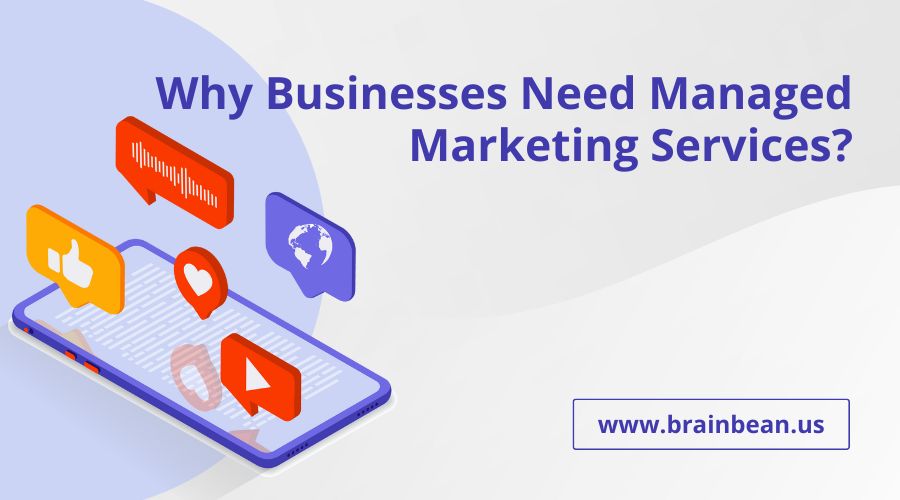Content—the lifeblood of the digital age—is the currency that fuels engagement, drives traffic, and builds relationships with audiences. In this comprehensive guide, we’ll delve into the world of content, exploring its significance, key principles, and practical strategies for creating compelling and impactful content that resonates with your target audience.
Understanding Content
Content is anything that conveys information, messages, or ideas to an audience. It comes in various forms, including written articles, blog posts, videos, podcasts, social media posts, infographics, and more. Whether educational, entertaining, or promotional, content serves as a bridge between brands and consumers, facilitating communication, fostering engagement, and driving action.
The Significance of Content
- Audience Engagement: Compelling content captivates audiences, encourages interaction, and fosters meaningful connections. It provides value, entertains, educates, or inspires, prompting audiences to like, share, comment, and engage with your brand.
- Brand Visibility: Quality content enhances brand visibility and awareness, helping businesses stand out in a crowded digital landscape. By consistently producing valuable and relevant content, brands can attract, retain, and grow their audience base.
- Authority and Trust: Well-researched and authoritative content positions brands as thought leaders and industry experts. By sharing valuable insights, expertise, and perspectives, brands can build credibility, trust, and loyalty among their audience.
- Lead Generation and Conversion: Content serves as a powerful tool for lead generation and conversion. By creating content that addresses the needs, pain points, and interests of their target audience, brands can attract qualified leads, nurture relationships, and drive conversions.
Key Principles of Content Creation
- Know Your Audience: Understanding your target audience is essential for creating relevant and engaging content. Conduct audience research to gain insights into their demographics, preferences, interests, and behaviors, and tailor your content to resonate with their needs and aspirations.
- Provide Value: Value-driven content is the cornerstone of successful content marketing. Whether informative, entertaining, or inspirational, content should offer something of value to your audience—whether it’s knowledge, entertainment, inspiration, or practical solutions to their problems.
- Be Authentic: Authenticity breeds trust and credibility. Be genuine, transparent, and honest in your communication, and strive to build authentic connections with your audience. Share your brand’s story, values, and unique perspective to differentiate yourself and forge deeper relationships with your audience.
- Quality Over Quantity: Focus on quality rather than quantity when creating content. Invest time and resources into producing well-researched, well-written, and visually appealing content that provides value and resonates with your audience. Quality content is more likely to be shared, liked, and appreciated by your audience.
Practical Strategies for Content Creation
- Content Planning and Strategy: Develop a content strategy that aligns with your business goals, target audience, and brand identity. Identify key topics, themes, and formats based on audience insights and market trends, and create a content calendar to plan and organize your content creation efforts.
- Diversify Content Formats: Experiment with different content formats to cater to diverse audience preferences and consumption habits. Mix and match formats such as blog posts, videos, podcasts, infographics, webinars, and social media posts to keep your content fresh, engaging, and accessible.
- Optimize for SEO: Incorporate search engine optimization (SEO) best practices into your content creation process to improve your visibility and ranking in search engine results. Conduct keyword research, optimize your content for relevant keywords, and ensure that your content is well-structured, mobile-friendly, and optimized for user experience.
- Promote Across Channels: Leverage multiple channels and platforms to distribute and promote your content effectively. Share your content across your website, blog, social media channels, email newsletters, and other relevant platforms to reach a wider audience and maximize engagement.
Avoiding Common Content Creation Pitfalls
- Lack of Planning: Failing to plan your content strategy and creation process can lead to inconsistency, inefficiency, and missed opportunities. Take the time to develop a comprehensive content plan and schedule to ensure that your content creation efforts are strategic, organized, and effective.
- Ignoring Audience Feedback: Don’t overlook the importance of audience feedback and engagement. Monitor audience reactions, comments, and engagement metrics to gauge the effectiveness of your content and identify areas for improvement. Listen to your audience’s needs and preferences and adjust your content strategy accordingly.
- Over-Promotion: Avoid being overly promotional or sales-oriented in your content. Instead, focus on providing value, building relationships, and fostering engagement with your audience. Strike a balance between promotional and non-promotional content to maintain your audience’s interest and trust.
- Neglecting Analytics: Don’t neglect to measure and analyze the performance of your content. Track key metrics such as website traffic, engagement, conversion rates, and social media metrics to evaluate the effectiveness of your content and optimize your content strategy over time.
Conclusion
Content creation is both an art and a science—a delicate balance of creativity, strategy, and execution. By understanding the significance of content, adhering to key principles, and implementing practical strategies, businesses can create compelling, valuable, and impactful content that resonates with their audience, drives engagement, and achieves their business objectives. Embrace the power of content creation to build stronger connections with your audience, enhance brand visibility, and drive meaningful results for your business.





